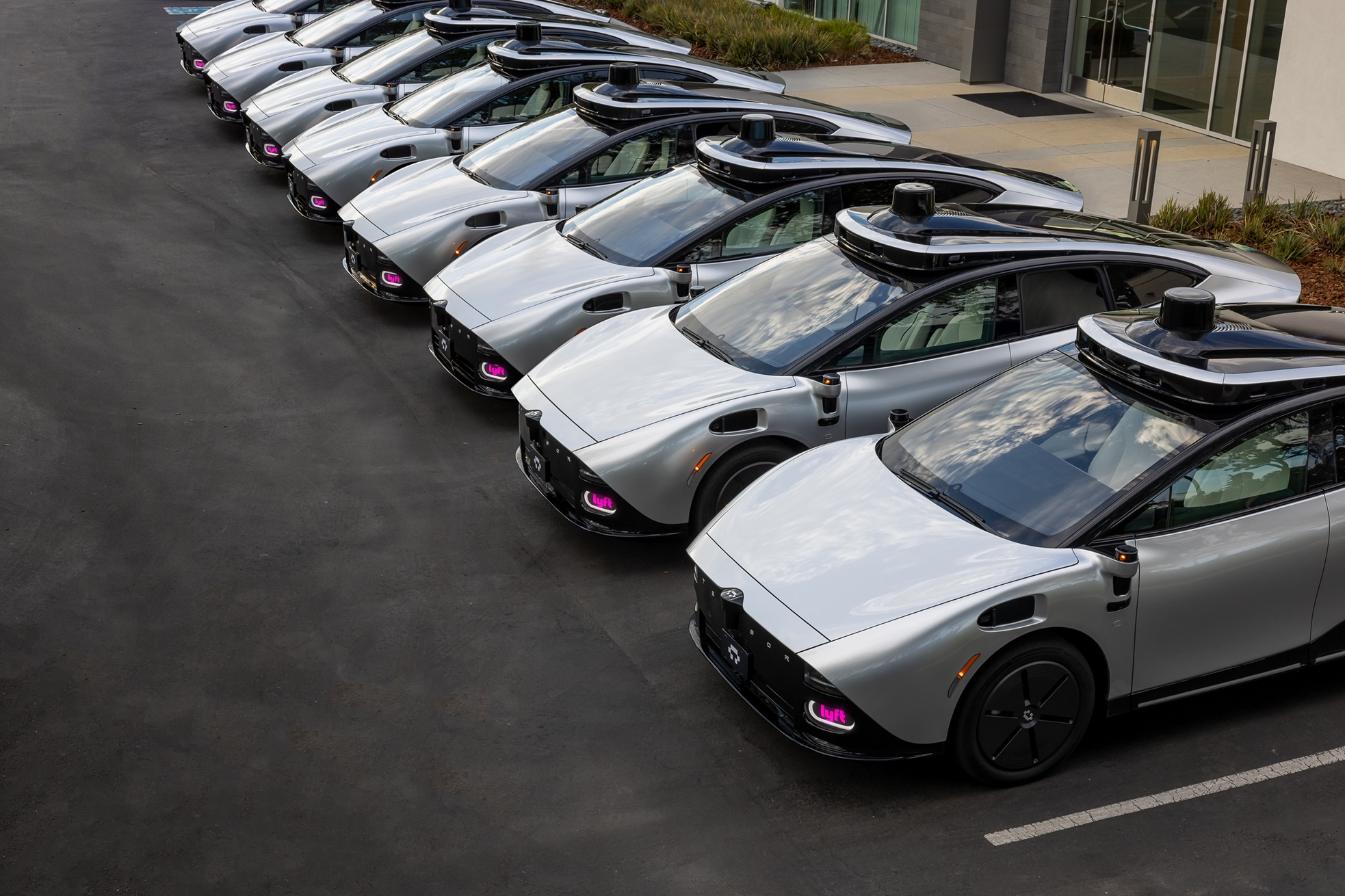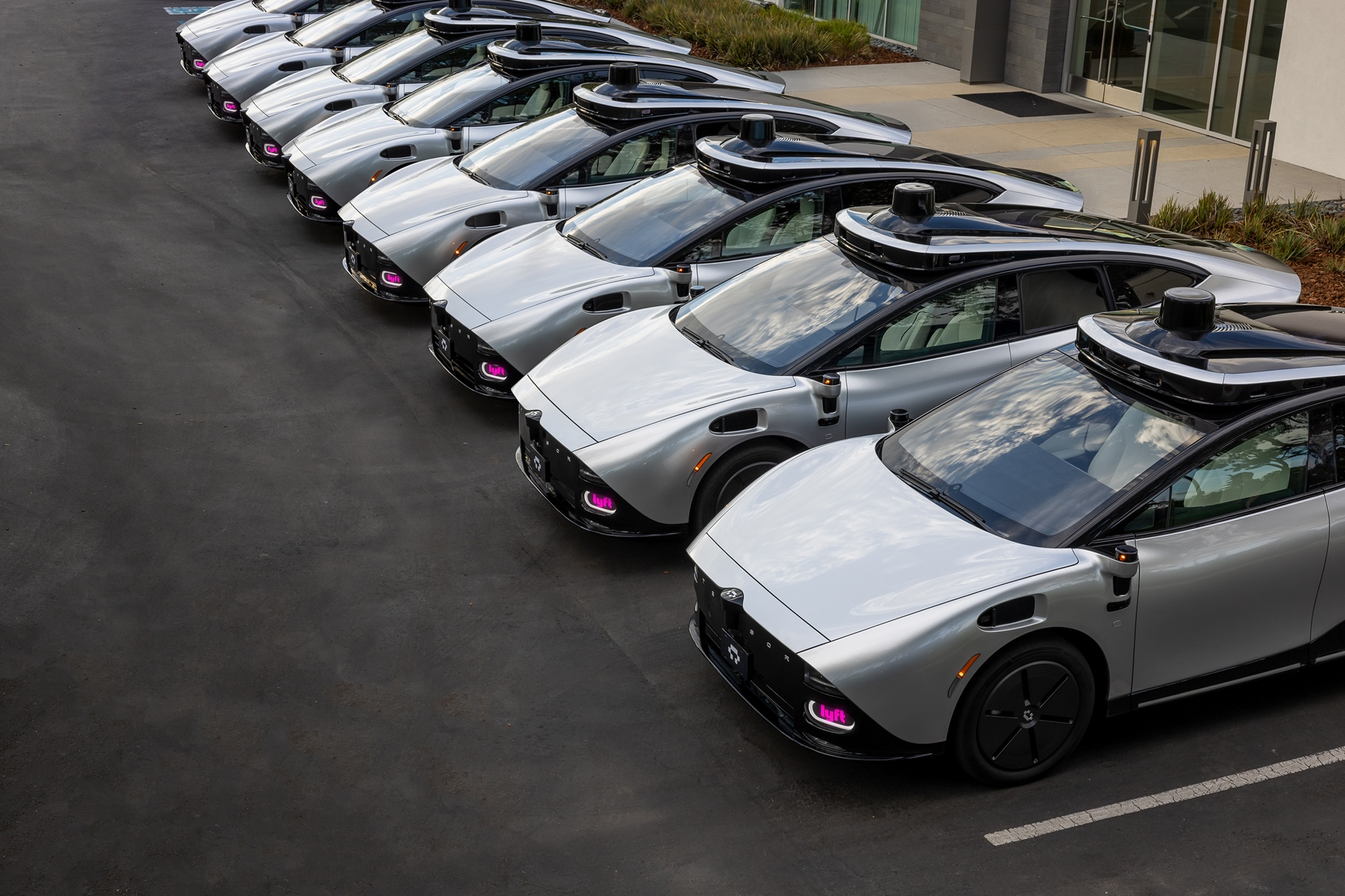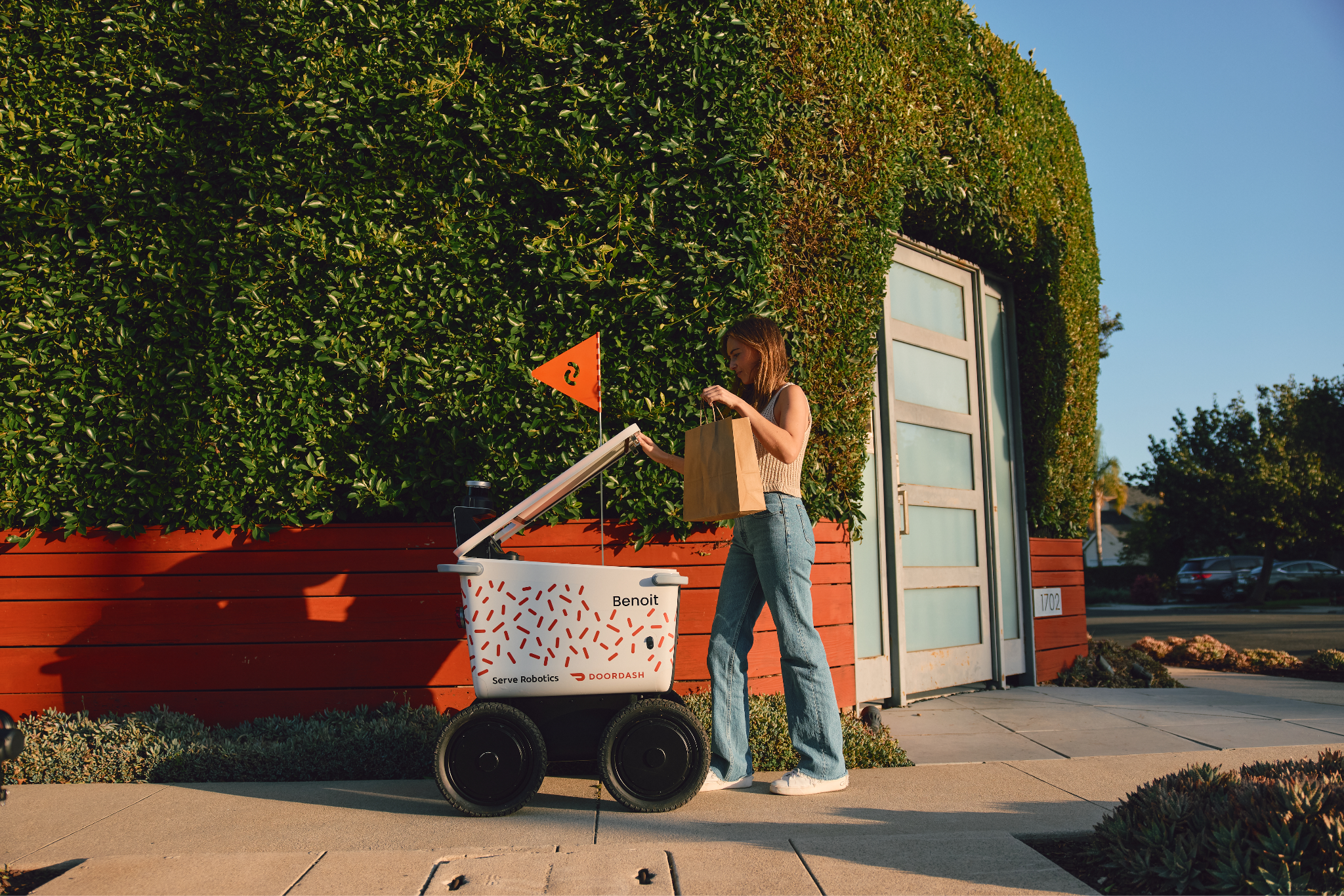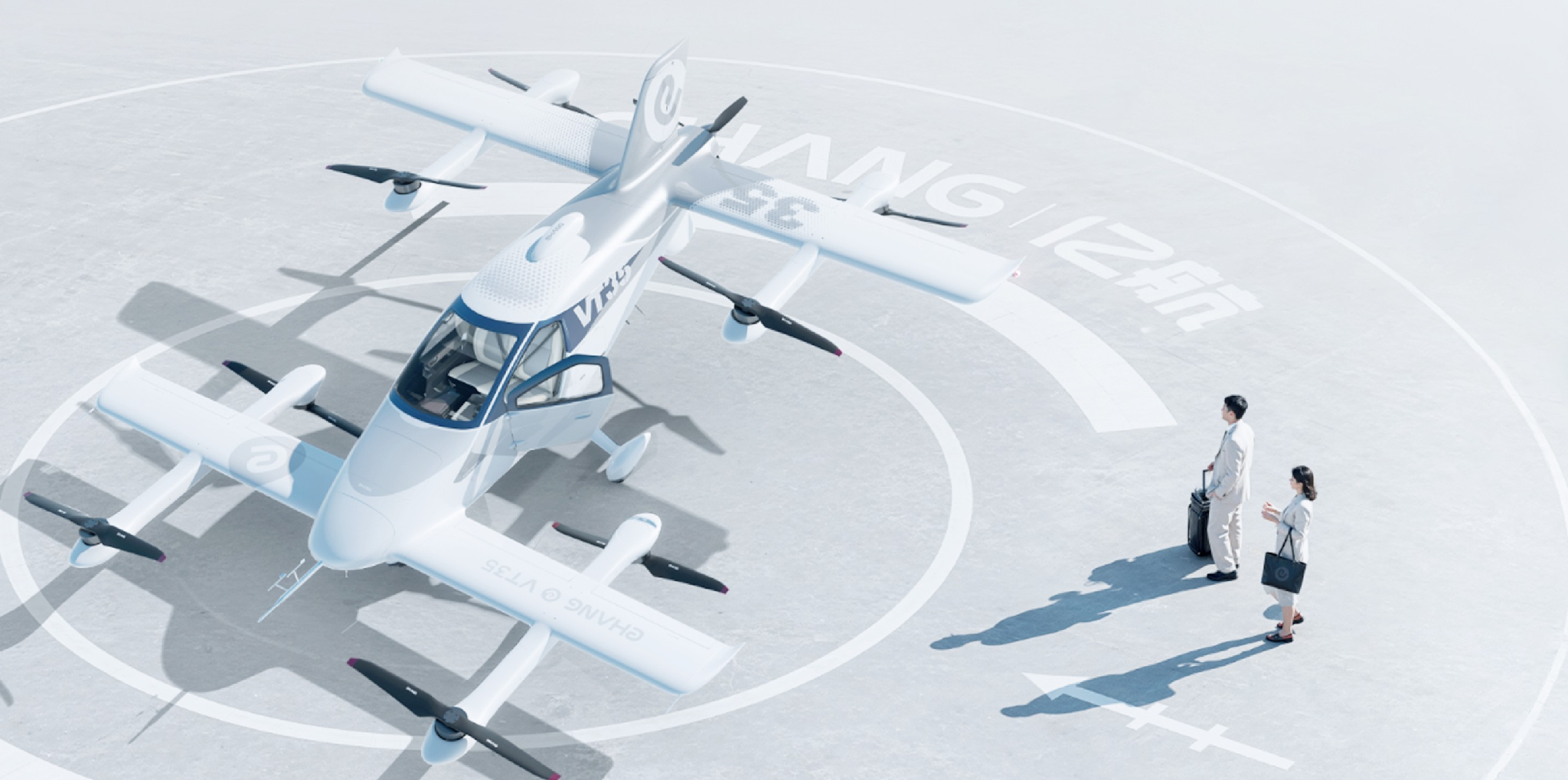
Welcome to the Ride AI newsletter: your weekly digest of news and intelligence at the intersection of technology and transportation.
Last week, I got the chance to do a deep dive on Dot, DoorDash’s new delivery robot, with Ashu Rege, DoorDash’s VP of Autonomy and Head of DoorDash Labs. In a wide-ranging conversation, we discussed the hows of Dot’s inner workings, the whys of Dot’s design and conception, and where DoorDash sees delivery going in the future.
Our conversation is available for your listening pleasure now.

The collaboration will bring hundreds of Tensor’s “Robocars” to Lyft’s platform via Lyft’s fleet program, marking the first time the company plans to operate its own vehicles rather than just connecting riders with third-party fleets. The first deliveries are expected in late 2026, with the cars featuring more than 100 sensors and on-board Nvidia processors to handle perception and navigation.
Tensor also said that Robocars will also come with Lyft’s rideshare platform pre-installed. Owners of Tensor vehicles will be able to opt in to Lyft’s rideshare network in regions where Level 4 automation is approved.
Lyft’s move reflects a shift in its business model as it works to keep pace with Uber, which already runs autonomous rides with partners like Waymo and WeRide. Tensor, the reincarnation of Chinese AV company AutoX, is based in San Jose and plans to build its vehicles in Vietnam with VinFast. AutoX China had fully divested its North American operations so that the North American counterpart could fully focus on the Tensor brand.

The partnership will roll out Serve’s small autonomous bots for food deliveries across parts of the city, with plans to expand to other U.S. markets over time. It comes just a week after DoorDash revealed its own delivery robot, Dot, which can travel on roads, bike lanes, and sidewalks at speeds up to 20 mph. Serve, Coco, and Dot now form part of DoorDash’s broader push toward multimodal, automated delivery solutions.
Unlike Uber, which partners with Serve for its Uber Eats platform, DoorDash is taking a hybrid approach by investing in both partnerships and in-house technology. The company’s autonomy chief, Ashu Rege, who I interviewed last week, says Dot is designed to fill the “last 10 feet” gap between sidewalk bots and full-size robotaxis, tackling deliveries that are too small for cars but too complex for sidewalk robots. Check out our conversation for an in depth dive into the how and why of DoorDash’s multi-modal operations plan for the future of delivery.

Launched at an event in Hefei, China, the two-seat VT35 builds on the company’s earlier VT30 prototype but adds more range, efficiency, and compact design. The fully autonomous aircraft can travel up to 125 miles on a single charge and uses eight vertical lift propellers along with fixed wings for cruise flight. Priced at around $910,000 (6.5 million RMB), the model sits above Ehang’s former flagship autonomous aircraft, the EH216-S, and is aimed at intercity, cross-sea, and cross-mountain operations with a luxury focus.
The VT35 can take off and land at existing EH216-S infrastructure sites, including rooftops, parking lots, and small urban pads, sidestepping the need for large airports. Ehang says it has already filed for certification of the VT35 with China’s aviation regulators and is continuing flight testing in the meanwhile. The company also signed new cooperation agreements with the city of Hefei to support production and early procurement, with an aim to position the VT35 as the foundation for a wider air mobility network that spans short, medium, and long range travel.
Chinese consumers have increasingly turned to air based delivery technologies for their daily needs over the last few years. For example, Chinese food delivery app Meituan has its own drone delivery network with dedicated delivery retrieval lockers located in central urban locations. The Meituan drone network has completed more than 300,000 deliveries to date in Shenzhen alone, while other drone networks from logistics giants like JD (Chinese Amazon), SF Express (China’s largest express delivery provider), and Alibaba Ele.me (Meituan rival) follow close behind. Now that Ehang has introduced its second autonomous passenger aircraft in cooperation with a major municipality, autonomous air taxis could be the next frontier for a commercialization push.
Alright, that’s it from me… until next week. If you enjoy this newsletter, share it with your friend, colleague, or boss. Thank you for reading; Sophia out!
Get all the latest news in AI x Mobility across the globe.
Continue reading more about the world of robotics, automation, and AI